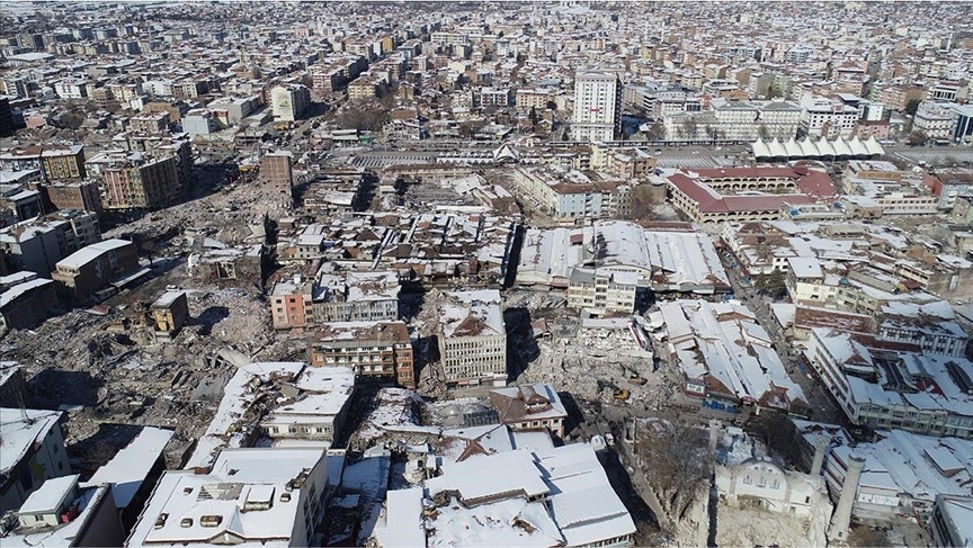Case Study: Co-Development of a Circular Economy Charter for the Metropolis of Greater Paris
- Benjamin Constant
- Dec 15, 2022
- 2 min read
Updated: Jul 15

Background & Context
The Metropolis of Greater Paris faces significant environmental challenges tied to its booming urban development, with construction and demolition waste making up nearly 70% of all waste generated in the region. Large-scale projects—including new housing, infrastructure upgrades, and the Grand Paris Express transit lines—have fueled massive consumption of raw materials and raised concerns about carbon emissions, landfill pressure, and resource scarcity. The region’s dense urban fabric also poses unique constraints, leaving little space for waste storage or disposal and driving up costs.
Recognizing that traditional linear construction practices were unsustainable, the regional government saw an urgent need for a coordinated, circular approach to reduce waste at the source, promote reuse and recycling, and lower the environmental footprint of building activities.
What We Did
Our goal was to develop a charter by which all construction-focused public and private sector players could abide by as they interacted with each other on the region's new developments. To do this, we:
Positioned the Metropolis as an institutional facilitator as we brought together over 50 public and private decision-makers, including solution prescribers, contracting authorities, construction companies, producers, and more.
We took care to build confidence between all stakeholders, which is an essential step to establishing new circular economy models in which cooperation is key.
Disseminated existing solutions via the Catalogue of Circular Construction Solutions that we developed, which sought to provide an operational guide for local project owners and builders
Promoted local businesses that offered or wished to offer circular construction solutions
Outcomes
The Circular Construction Charter was developed to provide clear, shared standards and practical tools to help public and private actors transform how buildings and infrastructure are designed, built, and deconstructed—aligning urban growth with climate goals and sustainable resource management.
.png)








